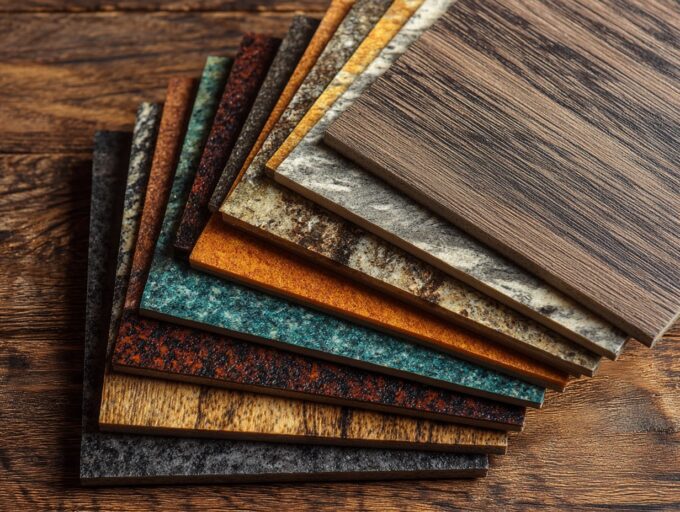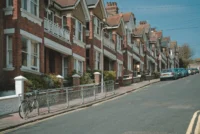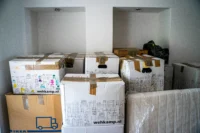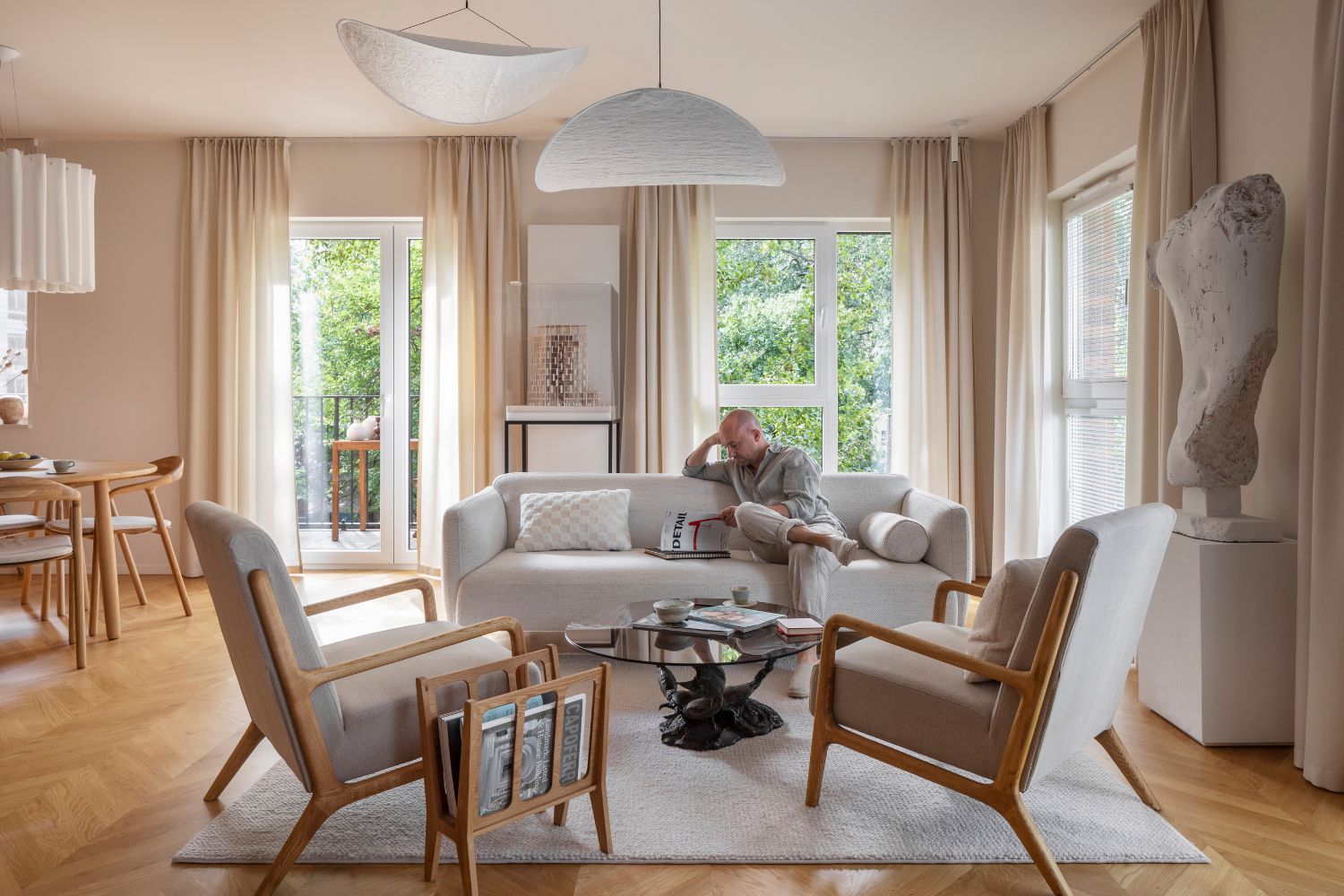- Home
- Articles
- Architectural Portfolio
- Architectral Presentation
- Inspirational Stories
- Architecture News
- Visualization
- BIM Industry
- Facade Design
- Parametric Design
- Career
- Landscape Architecture
- Construction
- Artificial Intelligence
- Sketching
- Design Softwares
- Diagrams
- Writing
- Architectural Tips
- Sustainability
- Courses
- Concept
- Technology
- History & Heritage
- Future of Architecture
- Guides & How-To
- Art & Culture
- Projects
- Interior Design
- Competitions
- Jobs
- Store
- Tools
- More
- Home
- Articles
- Architectural Portfolio
- Architectral Presentation
- Inspirational Stories
- Architecture News
- Visualization
- BIM Industry
- Facade Design
- Parametric Design
- Career
- Landscape Architecture
- Construction
- Artificial Intelligence
- Sketching
- Design Softwares
- Diagrams
- Writing
- Architectural Tips
- Sustainability
- Courses
- Concept
- Technology
- History & Heritage
- Future of Architecture
- Guides & How-To
- Art & Culture
- Projects
- Interior Design
- Competitions
- Jobs
- Store
- Tools
- More

Interior visualization has become a go-to service in design projects – and it’s not just a fancy add-on. It can significantly drive up the cost, which naturally raises the question: is it really worth it? In this article, we’ll break down the different types of visualization, when it’s a must-have, and when you can confidently skip it and save a good chunk of your budget.

Table of Contents
ToggleUnderstanding Interior Visualization
Interior visualization refers to a set of visual tools that illustrate how a space will look after renovation or construction. These visuals can vary in complexity – from basic sketches and mood boards to detailed, photorealistic 3D renderings. Regardless of the format, several important principles apply:
- Visualization is not a full design project, but rather a supplementary tool. Its purpose is to identify and resolve potential issues early in the process, helping clients make informed decisions and refine their preferences.
- Even the most advanced visualizations may not represent colors with absolute accuracy. Variations in lighting, screen settings, and rendering limitations can cause slight discrepancies between the digital image and the final result.
- Not all visualizations are created by interior designers. Photorealistic 3D renderings, in particular, often require the expertise of specialized visual artists due to the technical complexity and time investment involved.
Types of Interior Visualization,
There are four main types of interior visualization, each serving a unique purpose in the design process.
1. Sketches
Sketches are hand-drawn visual representations of an interior concept. They can be traditional – created on paper using pencils or markers – or digital, drawn on a tablet. Sketches help convey the overall mood, style, and layout of a space in the early stages of development.

Pros:
A designer skilled in sketching can quickly capture the essence of a concept. Digital sketches are easy to edit, allowing for rapid adjustments during client discussions.
Cons:
Not all designers work with sketches, and they often lack precision. The visualized items might differ significantly from real-life furniture in terms of size, shape, or color availability.
2. Collages
Collages are one of the most accessible and widely used visualization methods. They combine images of real furniture and decor items into a single layout using photo editing software. This method is commonly used by both professionals and DIY enthusiasts.
Pros:
Collages are relatively quick to assemble and are based on actual products, which means the featured sofa or cabinet really exists and can be purchased. They also help evaluate how different colors, shapes, and materials work together.
Cons:
Collages don’t provide a sense of spatial proportion. It’s easy to misjudge the scale of items, and the screen display may distort colors, making it harder to predict how the final space will look.
3. Basic 3D Visualization
This method provides schematic, three-dimensional representations of a space. Unlike photorealistic renderings, these visuals focus on structure and layout rather than fine details.
Pros:
3D models clearly show the spatial relationship between elements and help assess dimensions. They’re especially useful for illustrating architectural features – such as built-in niches or boxed-in plumbing – that would be difficult to explain otherwise.
4. Photorealistic 3D Rendering
These are highly detailed images that closely resemble photographs. Photorealistic renderings simulate the final appearance of an interior with remarkable accuracy.

Pros:
- Accurate previews: Renderings allow clients and designers to visualize the final outcome before any construction begins. They help identify potential design conflicts early and support informed decision-making.
- Design flexibility: Materials, colors, layouts, and styles can be tested virtually, reducing the need for costly changes later on.
- Streamlined renovation process: Clients often make key revisions at the visualization stage, which minimizes rework during the build phase.
- Marketing benefits: Developers and real estate professionals frequently use 3D interior renderings for promotional purposes, showcasing future spaces in construction projects.
- Interactive experience: Some renderings can be transformed into virtual tours, allowing users to “walk through” a digital version of the space and explore it in detail.
Key Benefits of Interior Visualization
Interior visualization offers clear advantages for both clients and designers by improving communication, reducing costly mistakes, and streamlining the design process.
- For the client:
Not everyone has strong spatial awareness or the ability to visualize abstract concepts. A 3D rendering allows clients to clearly see how their future space will look – including finishes, colors, and furnishings – before any work begins. It’s much easier (and more affordable) to tweak paint colors or fabric choices in a digital model than to make changes mid-renovation. In the long run, this can lead to significant savings on materials and labor, making it a smart investment from both an aesthetic and financial perspective. - For the designer:
Visualization acts as a crucial bridge between the designer’s vision and the client’s expectations. A realistic 3D model allows both parties to align on the details, address concerns early, and ensure everyone is on the same page before construction starts. Catching mismatched expectations at a later stage can be costly and frustrating for both sides. On the other hand, a well-executed visual plan – based on actual materials, furniture, and decor – helps optimize the workflow, reduce revisions, and ultimately deliver a more efficient and satisfying outcome.
Final Thoughts
While some designers offer sketches or collages instead of full 3D interior visualizations, these tools serve a different purpose. Sketches are quick conceptual drawings, and collages combine photos of furniture and finishes to convey the general style and mood. For some projects, especially smaller or simpler ones, that may be enough.
However, when it comes to understanding how patterns, colors, and textures will actually come together in a real space, 3D visualization becomes essential. It provides a far more realistic and immersive preview, helping to prevent costly mistakes and misaligned expectations.
To achieve the interior you envision, it’s important to follow a well-structured process – from completing the initial brief and aligning on the concept to selecting materials and managing implementation. Skipping ahead and jumping straight into 3D rendering without properly defining the vision can backfire. A visualizer can draw almost anything, but if the concept doesn’t align with the physical space or budget, it may never come to life.
In short, 3D interior visualization is a powerful tool – but only when used as part of a thoughtful, collaborative design process.
illustrarch is your daily dose of architecture. Leading community designed for all lovers of illustration and #drawing.
Submit your architectural projects
Follow these steps for submission your project. Submission FormLatest Posts
Modern American Homes: Interior Design Trends to Watch in 2026
Interior design in the United States is evolving toward warmer, more adaptable,...
BXB Studio’s Hybrid Interior: Redefining the Modern Architectural Workplace
The Warsaw headquarters of BXB Studio was established in a modest 70...
5 Must-Know Interior Design Trends in American Homes
From warm minimalism to bold oversized artwork, these five interior design trends...
How Open Kitchens Create a Sense of Space Indoors (Without Sacrificing Function)
Open kitchens: see how sightlines, lighting, and smart layouts make rooms feel...












Leave a comment